NTUCE has a variety of programs, offering specialized in-depth learning in different fields. Our research roots down and take advantage of the resources Taiwan take proud in while reaching out to the world and collaborating on international-level topics. We also carry out cross-domain projects, integrating intellect and resources from different fields, providing diverse opportunities and ample resources.
Geotechnical Engineering
Introduction
The Computer-Aided Engineering Division (CAE) in the Department of Civil Engineering was established to fulfill the increasing demand for technology driven solutions in modern Civil Engineering practice. The Division’s educational objective is to cultivate students who possess a multi-disciplinary skill-set that includes both engineering and information technology expertise. The Division’s research efforts aim to deepen and broaden understanding in technology driven engineering with contributions in the automation of Civil Engineering practice and expansion of the related bodies of knowledge. Conducting research at the CAE is innovative and filled with joy and excitement. Our research focuses on two core areas: computational science and engineering, and engineering system integration. By leveraging high-performance computing, multi-scale simulation, artificial intelligence, and data analytics, we conduct in-depth studies in structural behavior modeling, smart infrastructure, structural health monitoring, energy and carbon management, smart grids, hydrological forecasting, and net-zero strategies—ultimately building human-centered, sustainable intelligent engineering systems. Our teaching approach emphasizes innovation and hands-on learning, offering a curriculum that balances theoretical foundations with real-world applications. We guide students to engage in interdisciplinary collaboration and problem-driven learning, nurturing future engineers with global competitiveness, a strong sense of responsibility, and forward-looking vision.

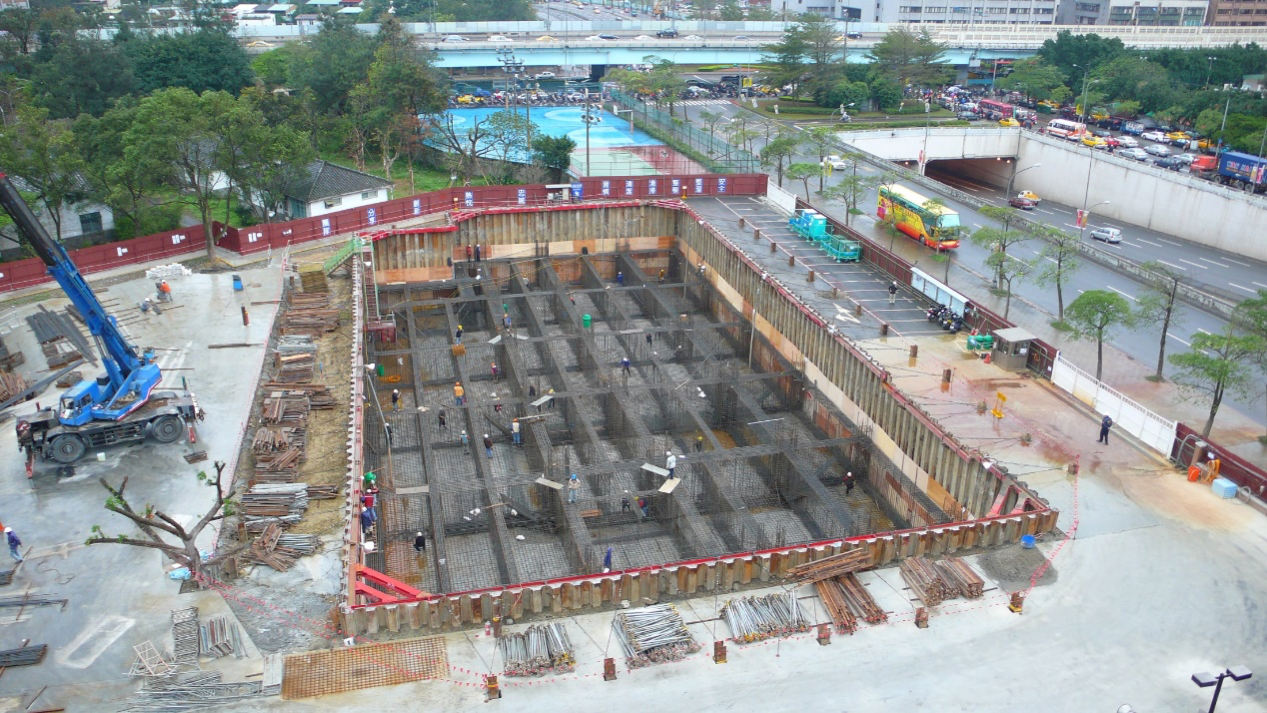
Visions
Considering the fragile geological conditions, frequent typhoons and earthquakes of the natural environment in Taiwan, the fundamental researches in soil mechanics, foundation engineering, soil dynamics, rock mechanics and engineering geology, will be strengthened. In response to the topics with local concerns, researches will be focused on earthquake engineering, slope stability, environmental techniques, foundation engineering, tunnel, and underground spaces development, and GIS applications, and to move further toward internationally concerned topics.
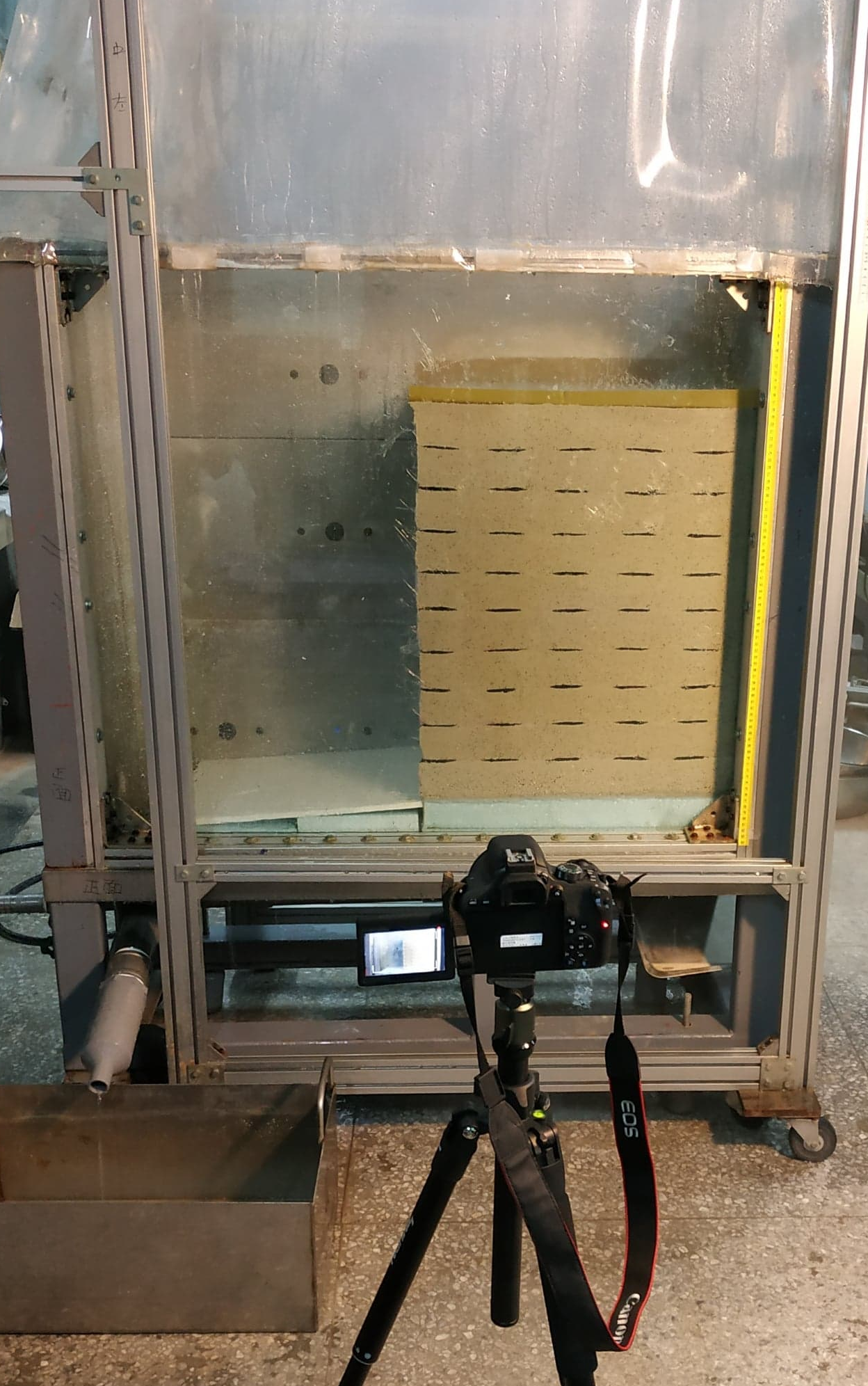
Research Fields
A. Foundations and underground spaces:
Soft rock behaviors, coupled thermo-hydraulic behaviors of the rock mass, foundation engineering and deep excavations, soil-structure interaction, tunnel engineering, underground lifeline engineering, performance-based design in geotechnical engineering, etc.
B. Environmental geo-technology and sustainable development:
Geo-environmental engineering, geosynthetics, reinforced soil structures, ecological engineering, in-situ testing, etc.
C. Integrated researches on geotechnical hazards:
Landslides, debris flow, earthquake, soil liquefaction, fault movement, dynamic soil properties, seismic ground response, etc.
D. Integrated inter-discipline researches in Civil Engineering:
1. Remote sensing and new technology
2. Engineering monitoring, image analysis, and visualization, GIS applications
3. Disaster reduction technology
4. Environment sustainable development
Structural Engineering
Research areas of the Structural division can be categorized into the following areas:
(1) Structural theory:
Wave dynamics, vibration, and noise, plastic mechanics, computational mechanics, nonlinear mechanics, structural reliability analysis, structural optimization analysis, etc.
(2) Structure design:
Design codes, durability design and maintenance strategy, performance-based design, life-cycle design, seismic design, flood-resistance design, composite structures, etc.
(3) Earthquake engineering:
Structural dynamics, scattered vibration, system identification, seismic analysis and design, active and passive structure control, seismic evaluation, seismic retrofit, etc.
(4) Experimental techniques:
Large-scale structural testing, shake table testing, hybrid testing, pseudo-dynamic testing, etc.
(5) Engineering material:
Concrete mechanics, deformation of concrete (creep and shrinkage), durability of concrete, innovative cementitious composites for seismic resistance, fracture mechanics of concrete, new RC materials (high-strength concrete and steel reinforcement), new generation high-performance concrete, composite materials for structural applications, fast-access cloud-based database of concrete deformation, etc.
(6) Structure health diagnostics and control:
Smart health monitoring, smart control, nano-material applications, etc.

An important research focus of the Structural division is earthquake engineering due to the fact that Taiwan is a country of high seismicity. In 1978, the Department founded the Center for Earthquake Engineering Research in the College of Engineering of the University. Later, the Center led to the establishment of the National Center for Research on Earthquake Engineering (NCREE), which is now a world well-renowned institution for earthquake engineering research.
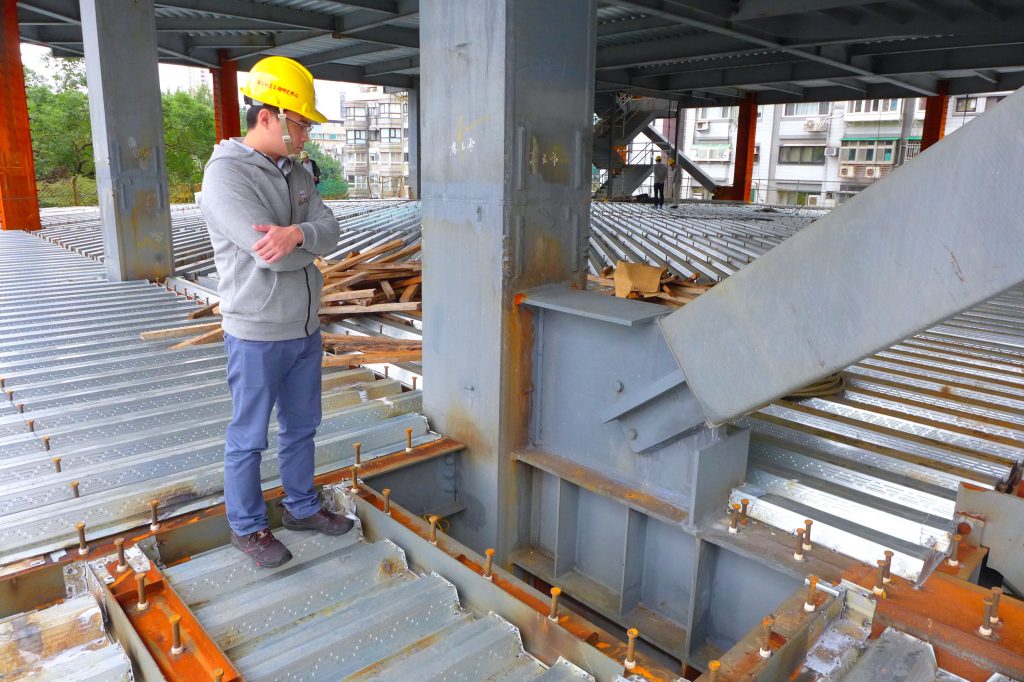
Major research facilities include the Structure Laboratory, Material Laboratory, Salt Spray Accelerated Degradation Room, Mechanical Sound Vibration Laboratory, and Freefall Laboratory. In addition, the structural testing laboratory of NCREE is also available. Major testing facilities include earthquake simulators, reaction walls, strong floors, a Multi-Axial Testing System (MATS), a Bi-Axial Testing System (BATS), etc.
A new Civil Engineering Research Building donated by a private company is located next to NCREE on the Xinhai Road and hosts most of the faculty and graduate students of the Structural division. Apart from university funds, the financial funds of the Structural division come from the Ministry of Science and Technology, other government agencies, and industrial partners.
Hydraulic Engineering
Research is a vital part of the Hydraulic Engineering Division. With 11 full-time faculty members, we conduct modeling, laboratory research, and field studies in four key research areas:
Hydroscience
Hydraulic modeling, hydraulic structures, and sediment transport
Hydrology
Rainfall-runoff analysis, hydrological modeling, and stochastic modeling.
Waterway systems
Waterway planning, reservoir operation, and water quality modeling.
Fluid mechanics
Fundamental fluid dynamics, wave-driven flows, flow in porous media
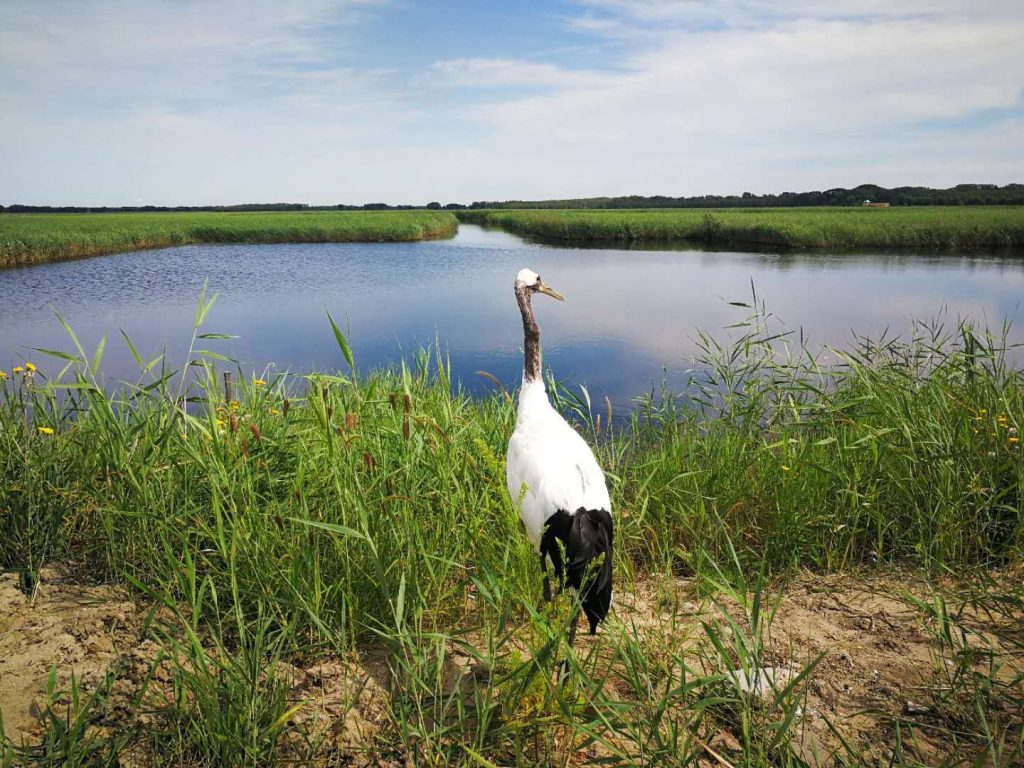
We conduct both basic and applied research. Ongoing and past projects are funded and supported by the Ministry of Science and Technology, Water Resources Agency, other government sources, and consulting firms. The following provides a glimpse of the research done by our recent graduates:
- Deep learning techniques for real time water level forecasting during typhoons
- Apply multi-objective genetic algorithm to evaluate urban resilience
- The study of saltwater intrusion of groundwater
- Apply depth estimation of the zoom images on surface velocity calculation
- Turbulent bed-load made transparent: internal flow structure from refractive-index-matched experiments
- Stochastic sediment transport modeling: fluctuation sediment concentrations, non-Fickian diffusivity, settling velocity uncertainty
- Algorithms for hydrologic processes and parameterization studies on slope land groundwater simulation
- The impact of the uncertainty of probabilistic forecast on water resource allocation
Facilities
We currently operate four research and instructional laboratories to support basic and applied research and teaching activities in hydrology, hydraulics, and fluid mechanics.
I. Hydrology Laboratory
The laboratory is equipped with a wide range of specialized instruments configured for: groundwater flow modeling, surface runoff experiments, water quality testing, channel cross section survey, and river flow measurements.
II. Fluid Mechanics Teaching Laboratory
Equipment is available for the following experiments: hydrostatic force, free and forced vortex, orifice jet flow, venturimeter, hydraulic jump, and weir flow.
III. Fluid Image Laboratory
The laboratory utilizes dyes, tracking agents, 3D imaging, laser display and solid & fluid refractive index technologies to visualize and measure fluid motions and effects. The laboratory has also developed a special imaging analysis algorithm to analyze fluid particle trajectories and quantify fluid surfaces & cross-sections.
IV. Hydraulic Engineering and Hydrology Laboratory
The laboratory conducts various research related to fluid mechanics and geomorphology. The equipment in the laboratory includes 10-m variable-slope flume, variable speed measuring instrument, particle flow channel, debris flow flume and rotating drum, and laser topographic scanning device.
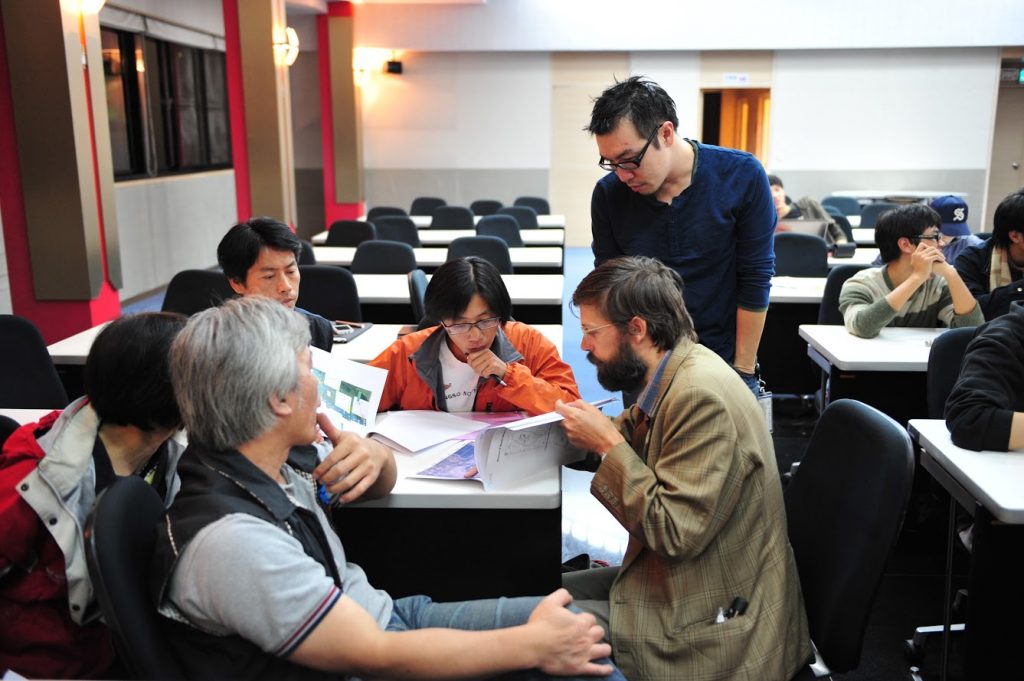
Graduate Program
The Hydraulic Engineering Division offers both M.S. and Ph.D. degree programs. We currently have approximately 80 graduate students from across Taiwan and other countries in Asia and Europe. Our coursework is designed to meet the fundamentals and to reflect the emerging technologies in the related fields. With a high faculty-student ratio, we create a conducive and friendly learning environment for our students to deepen professional knowledge, to enhance problem-solving skills, and to build the capability to identify new problems and create new knowledge. Students wishing to make tangible impacts on our water environment are encouraged to apply.
Transportation Engineering
The Division of Transportation Engineering (TE) has been educating professionals and conducting research in transportation since 1970. The education and research of the TE Division have been focused on the planning, design, operation, and management of transportation facilities. The active research areas of the TE Division include:
- Pavement theory and design
- Public transportation planning and operation
- Traffic engineering
- Logistics management
- Transportation planning
- Railway operation and management
- Disaster and emergency transportation planning
- Intelligent Transportation Systems (ITS)
- Artificial Intelligence (AI) in transportation
- Image processing and machine vision for traffic flow surveillance
Currently, the TE Division has eight full time faculty members, two adjunct professors, and more than 60 Ph.D. and Master students. The majority of the courses of the TE Division are offered in English. The major career paths of our students include government officials, employees of transportation operators, and professional engineers in local or international consultant companies.
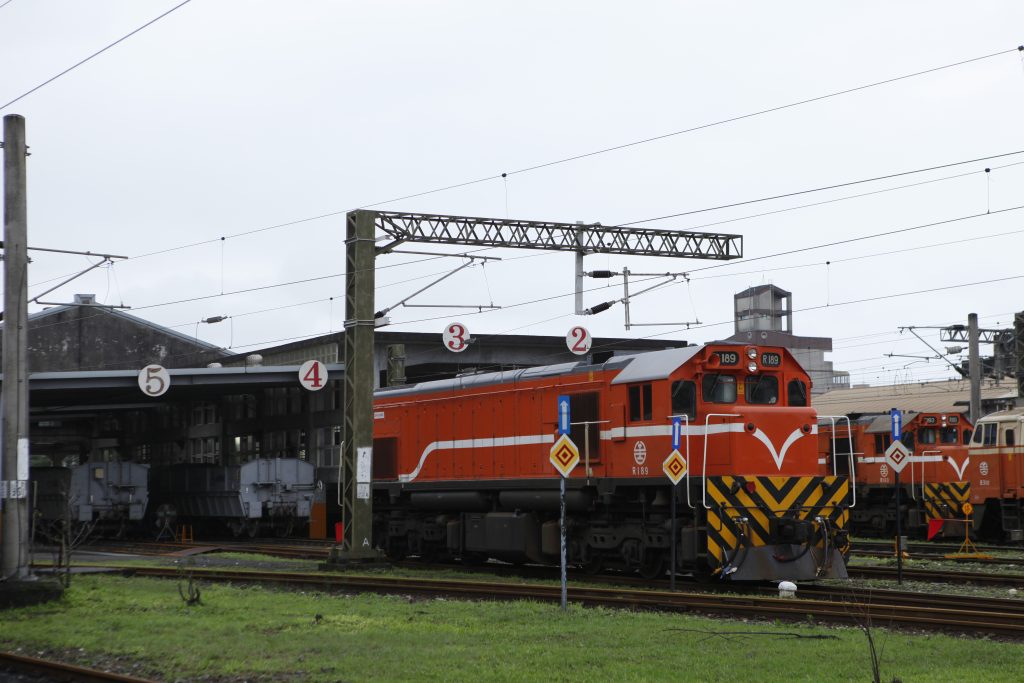
The TE Division faculty members are actively involved in international participation and collaboration. In recent years, we have been involved in many international collaboration projects, including mixed traffic and motorcycle traffic management, green transportation and sustainable development, and the bus rapid transit system, just to name a few.
Additionally, the faculty members of the TE Division have been working closely with the government and industry for the development of transportation systems in Taiwan. Our research outcomes have been adapted in numerous infrastructure developments and transportation policies by the Taiwanese government. Examples include the freeway system planning, public bus operations and management strategies, as well as the construction and operation of the rapid transit system of Taipei city, research plans on the subject of highway capacity, nuclear plant evacuation plan, traffic impact assessment, regulations of heavy vehicles size and weights, highway traffic control, electronic toll highways, smart card ticket systems, high-speed railway traffic analysis and fare rate mechanisms, runway skid resistance measurement specification, city street pavement management system, and many more. Our faculty members have also participated in the decision-making of major transportation development projects in Taiwan.
In addition to the new technologies innovated through research projects, technologies that are introduced from other developed regions, such as Europe and America, are also aimed for “technology localization” to meet our own needs.
In the late 1970s, the first freeway was completed and opened for operation. We initiated the research work in the area of analyzing traffic characteristics, and then move to the ramp metering and intersection signal control, pavement design and management systems, heavy vehicles size and weight regulations, and back-calculation of O-D the flow, etc. In relation to public bus transportation, the research efforts also began in the 1970s on bus route adjustment, bus lanes, bus fares, advanced public bus automatic positioning and dynamic information systems. At the request of railway transportation, we have also finished a study of land usage along the Muzha Line and an evaluation of station traffic impacts, cooperated in a traffic plan for the Xindian and Songshan Lines, as well as in high-speed railway traffic forecasts, fare rate mechanisms and transportation planning outside of stations.

For the last decade, research work has also involved airport runway design, maintenance and management systems, and air traffic safety issues and improvement strategies. Regarding traffic engineering, we have worked together with the Institute of Transportation under the Ministry of Transportation and Communications, to finish the first version of the “Highway Capacity Manual,” and developed an image detection system of traffic volume and characteristics, a remote sensing application system, and a geographic information system.
Recently, our main research focus also include how to apply the available advanced technology to transportation systems and environmentally friendly traffic, as well as sustainable transportation planning.
In addition to the research spaces of professors, Ph.D. and Master students, research associates, and administrative assistants, we have two teaching and research laboratories, namely, Traffic Engineering Laboratory and Pavement Engineering Laboratory, and are involved in four research centers, namely, Rail Technology Research Center, Advanced Public Transportation Research Center, Pavement Smoothness Profiler Certification Center, and the Artificial Intelligence Center, a joint center between the Department of Civil Engineering at NTU and the National Center for Earthquake Engineering Research (NCREE). Besides, computer software, such as that for transportation planning and traffic simulation (VISUM, VISSIM, CUBE, TransCAD, and PARAMICS), RTC railway simulation, Anylogic agent-based modeling simulator, highway design, remote sensing, optimization modeling (AMPL), statistics and econometrics (NLOGIT and Mplus), etc., are also available for the teaching and research purposes.
For the past several years, many pieces of research equipment have been purchased through University funds and research funds. These include vehicles for ITS and traffic engineering experiments, devices for traffic flow measurement, a traffic speed radar, traffic signal controllers, driving simulators, a track system model, portable weigh-in-motion devices, laser inertial profilers, Grip Tester, Dynamic Friction Tester and other types of skid resistance measuring devices, noise detectors, automatic pavement image capture systems, graphics processing units (GPUs), and unmanned aerial vehicles (UAVs).
Construction Engineering
and Management (CEM)
Missions
Construction Engineering and Management (CEM) is one of the newest disciplines in Civil Engineering. Established in 1990, the CEM division aims to bring new knowledge, innovations, and world-class professionals to the construction industry. We focus not only on the new technological challenges of today’s construction projects but also on the unique ability to integrate modern managerial/social sciences with civil engineering. We are committed to preparing our students to become future leaders.
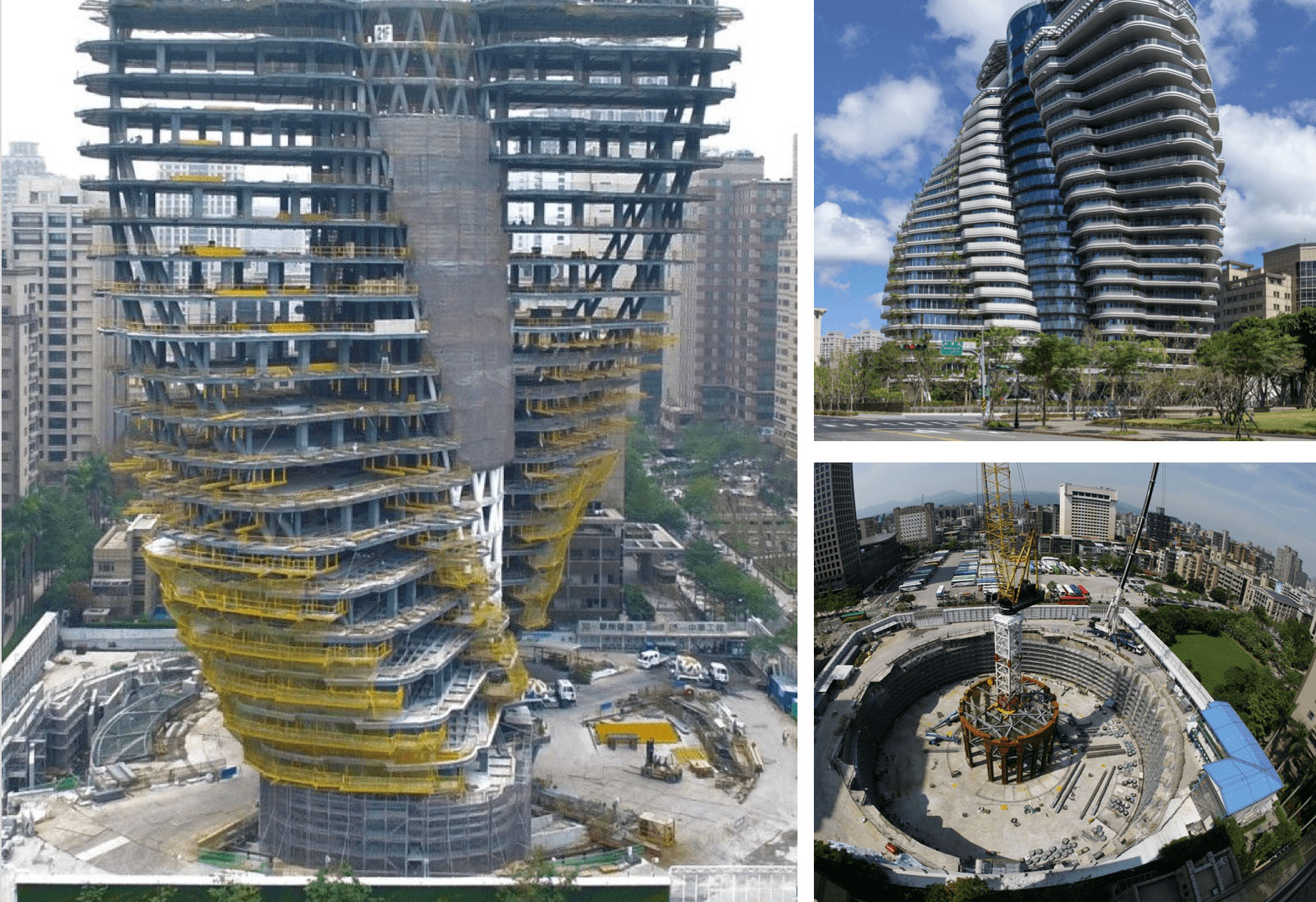
Degrees
The degree options offered by CEM division include PhD degree, Master’s degree, the Executive Master of Construction Administration (EMCA), and the Joint Master’s degrees with top Vietnamese universities.
Faculty and Research Subjects
The CEM Division currently has five full-time faculties and nine adjunct faculties. All our faculties in the CEM division obtain their PhD degrees from world-class research-oriented universities and continue to conduct innovative research and publish in prestigious academic journals. Because of our faculties’ diversified expertise and research experiences, our research covers the main research subjects of CEM. Please refer to the webpage of our faculty’s research specialties and subjects.
Construction Engineering
and Management (CEM)
Taiwan has entered the era of research & development (R&D). Advanced R&D requires compatible private and public facilities. The scope of Construction Engineering and Management (CEM) deals with all the issues of the private and public facilities life-cycle from planning, design, procurement, construction, commissioning, transfer, operations, maintenance, to disposal. CEM is an inevitable part of the chain linking to innovative R&D which will have a profound impact on the future of Taiwan.
In order to cope with the challenge, Civil Engineering Graduate School of National Taiwan University (NTU) started to enroll CEM postgraduate students in 1990. In 1998, the Ministry of Education officially approved the NTU Construction Engineering and Management program. In addition, Engineering Master of Business Administration (EMBA) in CEM was offered in 2003 to strengthen collaboration between the construction industry and the academic. In recent years the high-tech industry has played a crucial role in Taiwan’s technology and economy. To sustain Taiwan high-tech industry, NTU CEM program initiated teaching and research on facilities needed for high-tech R&D&Manufacturing in 2006. Up to 2011, there are around 70 Ph.D., 240 MS and 150 EMBA students who either had graduated or are presently studying in NTU CEM program.
Learning and Research Environment
Interdisciplinary approach in construction engineering and management is necessary for the 21st century. It requires talents of all kinds to improve the quality of CEM R&D. The talents include, not limited to, the experts from civil engineering, architecture, construction, mechanical engineering, chemical engineering, electrical engineering, physics, chemistry, biology, material engineering, medicine, law, management, finance, economy, humanity, and arts.
Besides having excellent learning and research facilities, National Taiwan University not only has a high quality of students, faculty, and staff but also has the most faculties and departments in Taiwan. Her CEM curriculum and research subjects are specifically designed based on faculty specialties, student interests, the mandatory requirements from Ministry of Education, NTU existing research facilities, and evaluation on many preeminent CEM programs around the world. Seven out of the thirteen faculty members are full-time and the other six are adjunct faculties from industry.
Research Subject
All the faculty members have domain expertise and they cover a very broad spectrum of research subjects as follows:
- High-Tech Facility Engineering and Management
- Cleanroom and Contamination Control
- Intelligent Color Image Recognition
- Ecology Engineering and Sustainable Engineering
- Green Building and Factory
- Engineering Project Management
- Engineering IT Management and Enterprise Resource Planning
- Public-Private Partnerships and Build-Operate-Transfer: Governance and Policy
- Construction Globalization and Strategy Management
- Real Estate Market and Property Evaluation
- Knowledge Sharing and Incentive System
- Construction Economics
- Construction Laws and Regulations
- BOT Planning Management
- Construction Productivity and Improvement
- Building Planning and Management
- School and Hospital Construction
- Construction Equipment and Mechanical & Electrical Systems
- Construction Life-Span and Cost Analysis
- Engineering Risk Management and Decision Analysis
- Harmony among Civil Engineering, Environment, Ecology and Landscape
Computer-Aided Engineering
The Computer-Aided Engineering (CAE) Division in the Department of Civil Engineering was established to fulfill the increasing demand for technology-driven solutions in modern Civil Engineering practice. The Division’s educational objective is to cultivate students to possess a multi-disciplinary skill-set that includes both engineering and information technology expertise. The Division’s research efforts aim to deepen and broaden the knowledge in response to the impact in the unprecedented growth of computing power, networks and artificial intelligence. Conducting research at the CAE Division is innovative and filled with joy and excitement. To date, the faculty and students of CAE have conducted in-depth research in two specialized fields: Computational Engineering and Intelligence, and Engineering System Integration.
Our teaching program strikes a balance in nurturing students’ creativities and innovativeness and fostering the much-needed practical engineering skills. Courses place equal emphasis on theory and practice, resulting in ambitious, responsive engineers well-positioned for Taiwan’s engineering needs in the years approaching.
Research Areas
The research interests of the CAE Division are on developing and utilizing advanced IT and frontline technologies to solve challenging engineering problems. The research is usually multi-disciplinary and cutting-edge. The current research can be categorized into four areas:
A. Computational Engineering and Intelligence
Computational engineering and intelligence research develops advanced methodologies and algorithms with high-speed computing power and high-volume data to solve challenging engineering problems. The complexities of dynamics and physics behind these problems are studied through simulation and artificial intelligence. Our current research focuses on multi-scale modeling and data-driven deep learning. Multi-scale modeling aims to link the microscopic fidelity, often the concern of physicists and chemists, with the macroscopic phenomenon, the main concern of engineers. Multi-scale modeling allows engineers to leverage cutting-edge nanotechnology, materials and biotechnology discoveries and adopt them to innovate in engineering practice. Data-driven deep learning aims to apply recent surge of deep learning algorithms and big data to resolve meaningful intelligence for engineering applications. Data-driven deep learning allows engineers to leverage cutting-edge development in artificial intelligence and adopt it to innovate in engineering practice.
B. Energy, Economics and Environment
Housed in the Department of Civil Engineering at National Taiwan University (NTU), our center, directed by Professor I-Yun Lisa Hsieh (謝依芸), is dedicated to overcoming the challenges of sustainable energy transition. Our focus is on reducing CO2 and pollutant emissions while addressing the rising demand for energy. Through innovative research and practical data-driven solutions, we aim to accelerate the global and local shift to net-zero emissions.
Starting with electric mobility, our research has grown to encompass a wide range of energy systems, including renewable energy, smart grid management, green logistics, and hydrogen energy economics. We also address broader societal issues such as carbon pricing and green finance, all to support a just and sustainable transition to new energy solutions.
C. Data-Driven Hydrometeorology and Smart Environmental Sensing
Our research focuses on data-driven solutions to hydrometeorological modeling and environmental monitoring. The NTU Computational Hydrometeorology Lab (NTU HydroMet Lab)—integrates statistical modeling, remote sensing, and machine learning to address climate and hydrometeorology-related challenges and create smart monitoring systems. Key research directions include:
- Spatial-temporal Rainfall Modeling under Dynamic Climate Conditions Using data-driven statistical and AI approaches to model how climate variability influences local extreme rainfall, with implications for water resource management and hazard mitigation.
- Nowcasting of Convective Storms Developing real-time predictive systems that use radar data and deep learning to forecast the evolution of convective storms, supporting early-warning applications.
- Unconventional Environmental Monitoring Solutions Creating innovative, low-cost, and portable sensing systems—often with citizen science integration—for monitoring river health and water quality using AI-based interpretation.
D. Intelligent Materials and AI-Driven Engineering
In vision of future smart cities, achieving sustainability and resilience for civil infrastructures rely on advances in engineering design, prognostic assessments, as well as autonomous sensing and inference technologies. Built upon this objective, our research efforts are dedicated to developing novel artificial intelligence (AI) techniques along with Physics-based approaches in many aspects. For instance, metamaterial design and discovery for human-sensitive noise/vibration reduction, resource-efficient learning algorithms to relieve data/computation scarcity, innovative next-generation prognostic approaches for disaster prevention, as well as rapid and reliable inferences for post-disaster decision making. These cutting-edge multidisciplinary research are supported by strong fundamental understanding in Physics and AI, which opens promising avenues to the realization of intelligent and resilient living environments.
E. Digital Twin and AI for Sustainable Built Environments
This research area focuses on integrating Building Information Modeling (BIM), digital twins, and artificial intelligence to advance sustainable and intelligent construction practices. The work bridges data-centric modeling, semantic reasoning, and simulation technologies to support lifecycle-based design, construction, and operation of civil infrastructure. Core research directions include: Ontology-Driven BIM and Digital Twin Integration: Enhancing data interoperability and automated reasoning across design, construction, and facility management phases. AI-Assisted Scheduling and Planning: Applying generative and predictive models to optimize construction processes, reduce delays, and lower carbon footprints. Circular Construction and Material Flow Modeling: Leveraging BIM-based tools and life cycle assessment (LCA) to promote resource circularity, carbon reduction, and sustainable development goals (SDGs). Smart City and Urban Simulation: Combining GIS, IoT, and BIM to develop digital governance models and support resilient urban planning. This interdisciplinary research seeks to transform the civil engineering field through digitally-enabled and sustainability-driven innovations, contributing to a smarter and greener built environment.
Research Facilities
The Division provides the staff and students with an open and interactive environment for research and study. We also value team-work, cross-disciplinary research and development, and utilization of advanced IT and state-of-the-art technologies to solve all kinds of challenging engineering problems. Our department is equipped with a high-speed computing unit, which includes computer clusters, high-end GPUs, database servers, and high-speed Internet connections. Researchers are able to study multi-scale and aritificial intelligence problems and explore the mysteries of various engineering problems by using the high-speed computing unit. Three research centers, the BIM center, the AI center and the E3 center are established to foster cross-displinary and cutting-edge research development.
Surveying and
Geospatial Engineering
Our research aims at navigating, remote sensing, photogrammetry and satellite monitoring of earth, applying relevant technology to obtain information for space analysis. Recently, because space information technology has become more and more connected to people’s livelihood and national defense, there is an increasing demand worldwide for such professionals in the areas of science, engineering and public services.
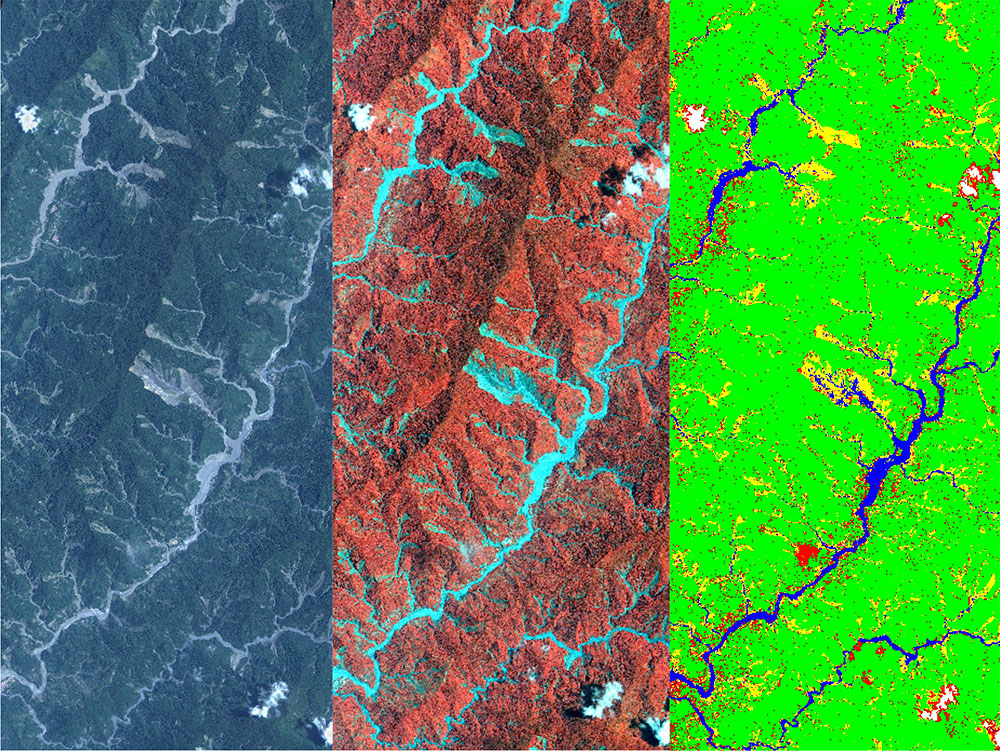
Our graduates have mainly contributed in the above fields. And we have opportunities to collaborate with interested and related research partners on both domestic and international levels in developing state-of-the-art surveying and geomatics technology. The versatile but key research themes include Applied Satellite Geodesy, Deformation Analysis, Smart Sensors, Integrated Analysis of Spatial Information,Photogrammetry, AR/VR, Error Theory, Reconstruction of 3D Objects, Spatial Data Acquisition and Analysis,Remote Sensing, Geographic Information System, and Hazard Monitoring and Management.
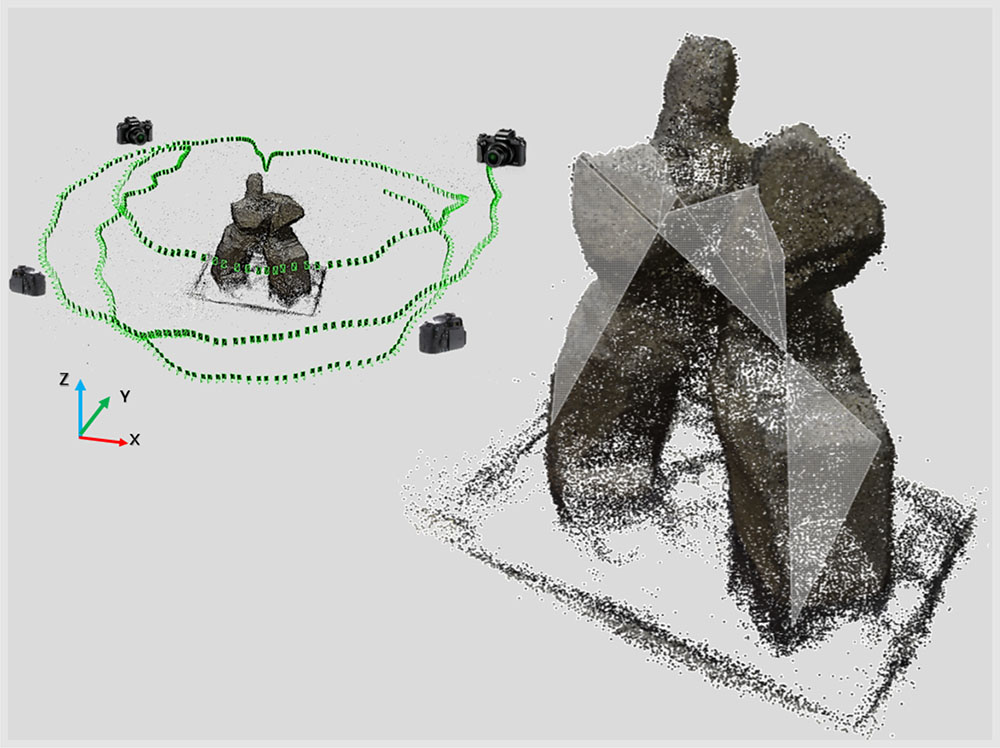
The instrument room of the group was founded during the Japanese colonial period. Over the decades, the instruments have been continuously improved and replaced. Currently, the major measuring instruments are:
- Multi-brand Automatic levels: (11 sets).
- High accuracy digital level: Topcon DL-101C (1 set)
- Multi-brand Electronic theodolites: (9 sets)
- Total stations: (9 sets)
- Laser theodolite: (1 set)
- Hand-held satellite navigation devices: (3 sets)
- Geo-image processing software: Geomatica, PhotoModeler
- Dual-band GNSS satellite positioning device: (RTK and VRS ready): (1 set)
- GNSS satellite information processing workstation: (1 set)
- Super total station: SmartStation (1 set)
- UAV (6 sets)
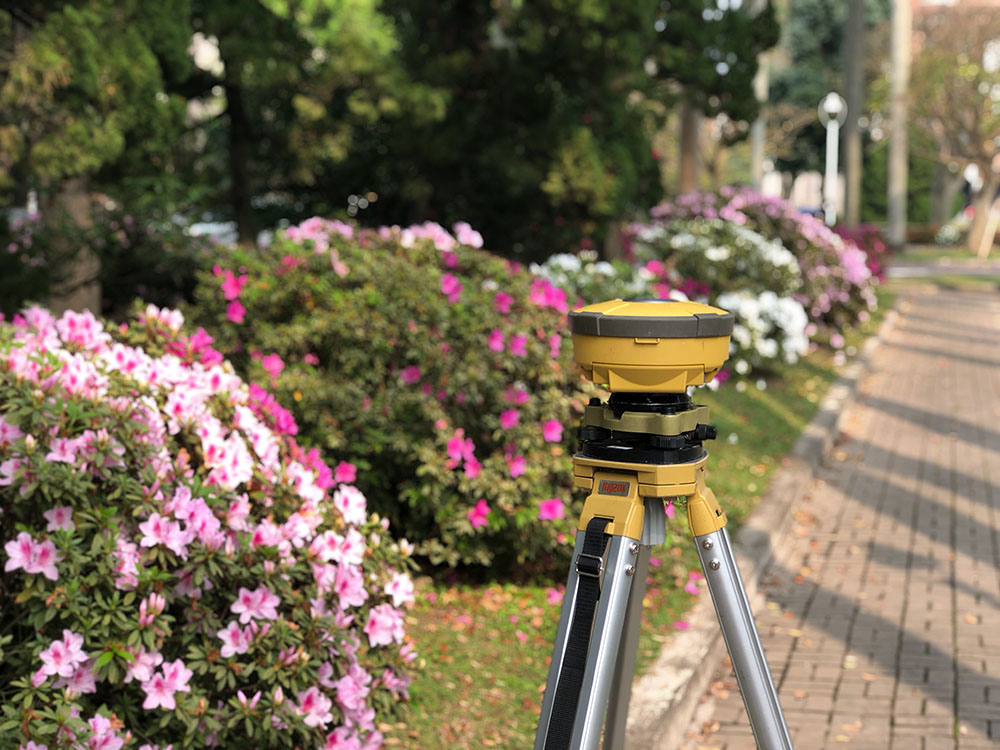
The group is currently committed to purchasing more RECTAS digital image processing and satellite positioning software and related hardware equipment. In addition, the group has also established a Spatial Information Laboratory to support research, teaching and studying activities in this area.
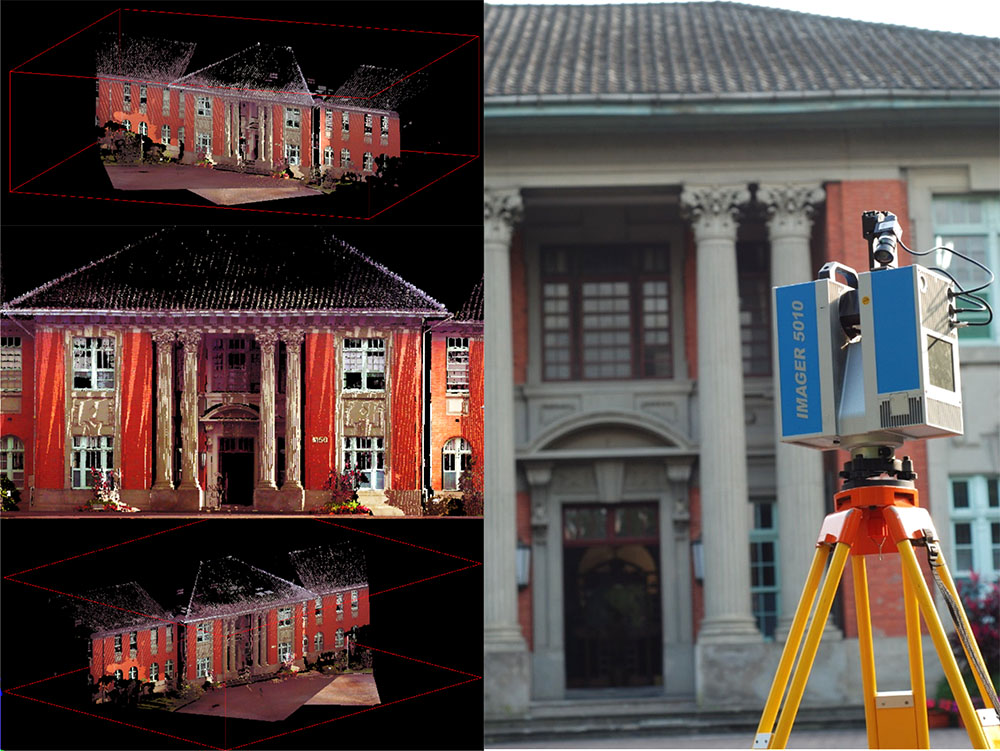
AI for Engineering Applications
The Artificial Intelligence (AI) for Engineering Applications Ph.D. Program in the Department of Civil Engineering was established to improve modern Civil Engineering and Disaster Prevention practice with data-driven, machine learning and computational technologies.
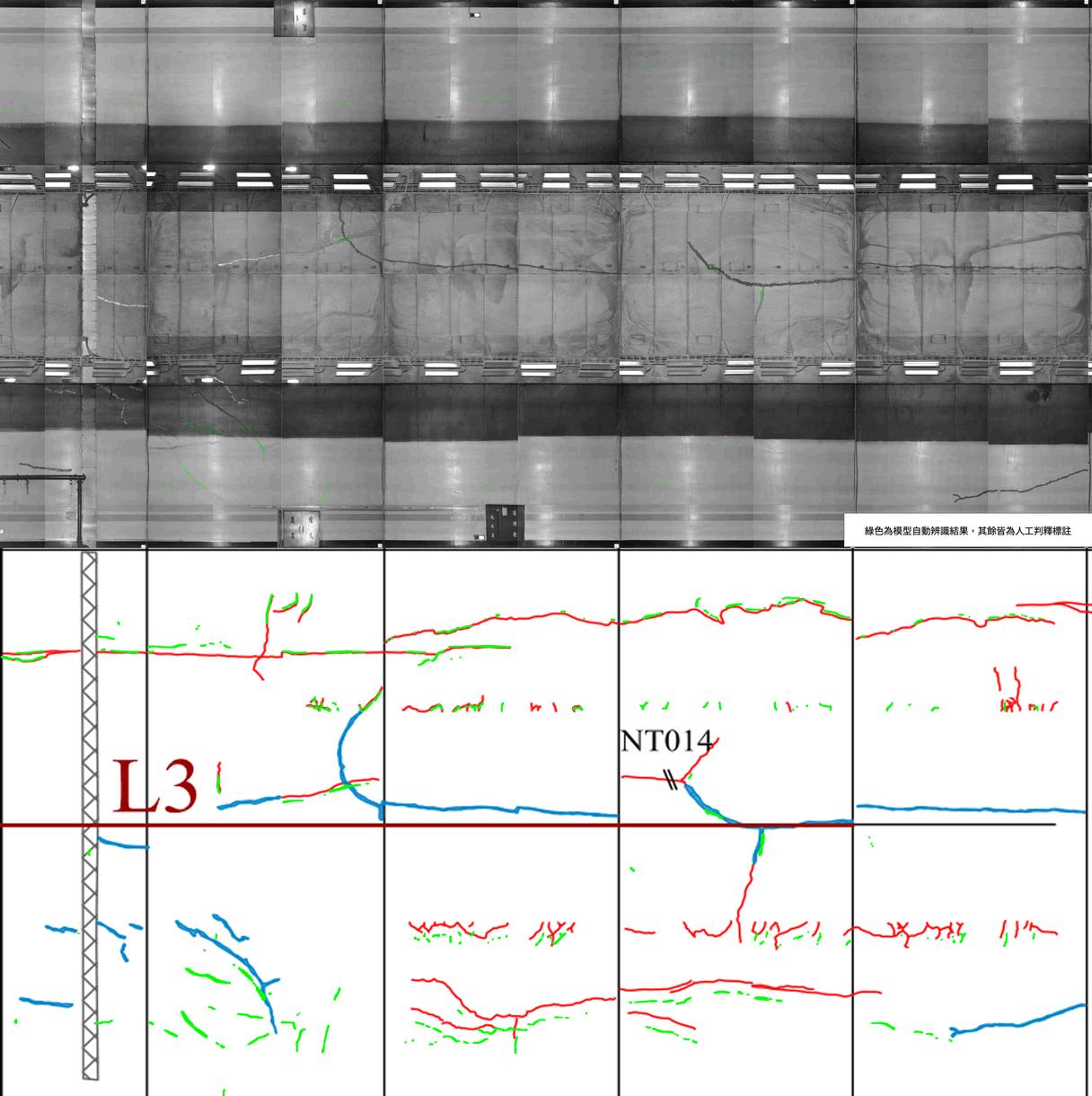
For this objective, we formally set up the NTUCE-NCREE Joint Artificial Intelligence Research Center with the National Center for Research on Earthquake Engineering (NCREE) in Taiwan in 2018. Resources, including experimental data and AI technology in the NTUCE and NCREE, are shared through this new research center. Currently, dozens of Professors and researchers work together, often partnership with industries, to explore emerging opportunities using AI. These include large-scale slope disaster prediction, automatic recognition of structural surface cracking, nonlinear response prediction of structures under seismic loading, design of new engineering materials, management and monitoring of construction sites, automatic rebar inspection, automatic recognition of people and vehicles, among others.
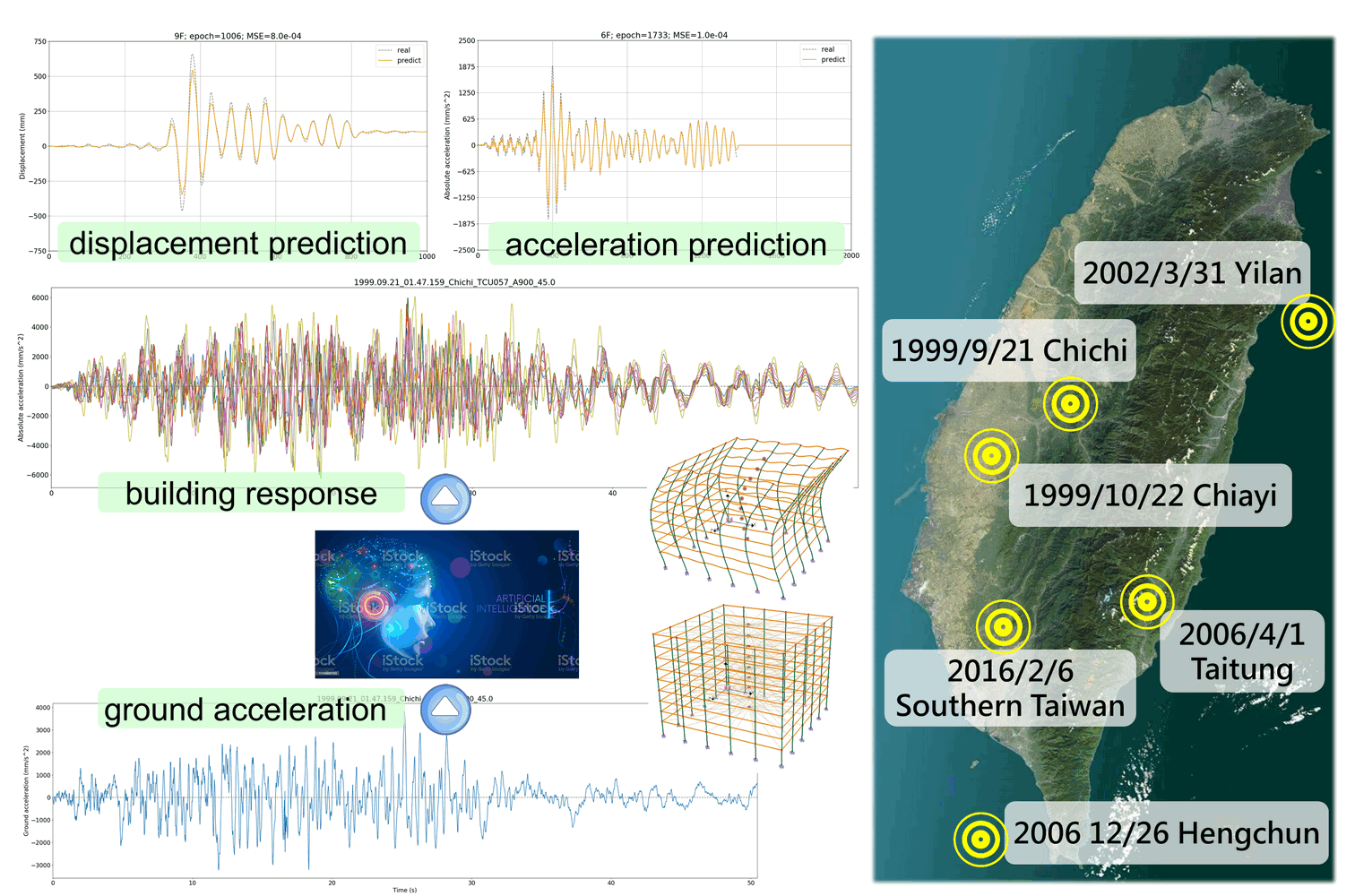
The program objective is to cultivate students who possess AI skill-set and domain knowledge. Conducting research at the AI program is innovative and filled with joy and excitement.
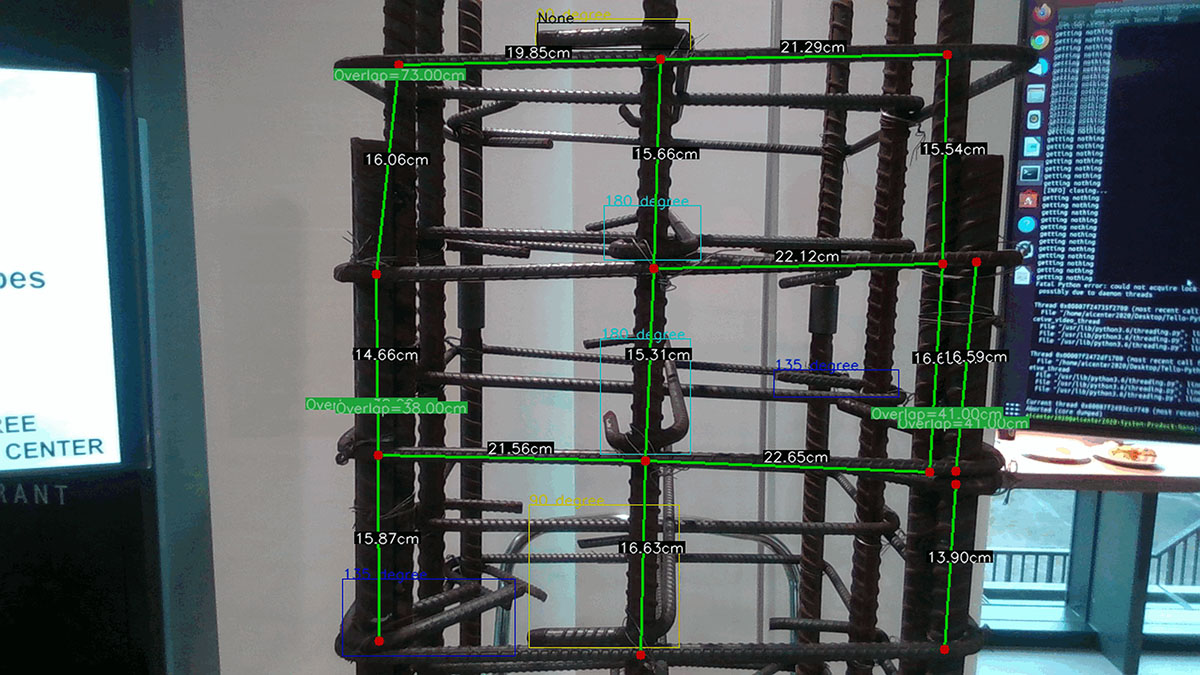
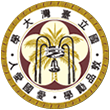
Department of Civil Engineering
National Taiwan University
Fax: +886-2-23631558
Add.: Room 205, Civil Engineering Department Building
……..No.1, Sec. 4, Roosevelt Road, Taipei, 106216 Taiwan
More Information
Other Websites

